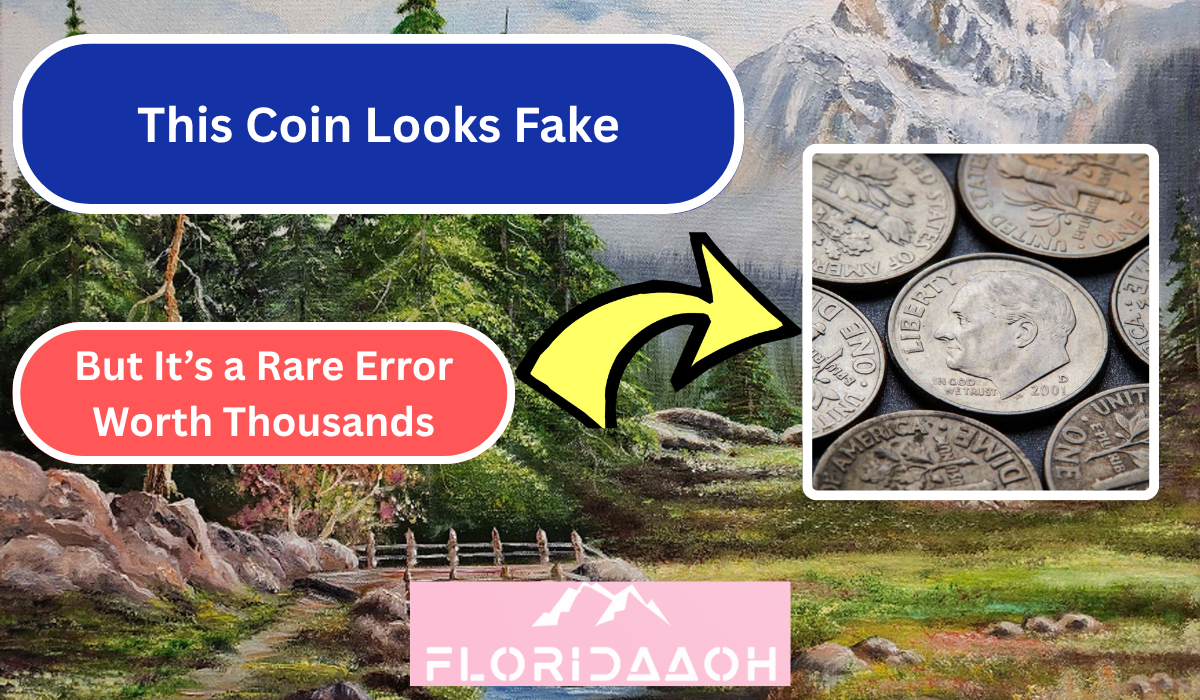At first glance, it looks completely wrong. The color seems off, the design is misaligned, or something just doesn’t add up. Many people assume coins like these are fakes or damaged. But sometimes, what looks “off” is actually a genuine mint error—and these coins can be worth thousands of dollars. For collectors, strange-looking coins aren’t trash—they’re treasure.
Among the most misidentified and undervalued coins are rare dimes with unusual errors. Below are three real U.S. dimes that might look fake at first but are actually valuable collector’s items. If you find one, don’t throw it away—you could be holding serious money.
1. 1975 No S Roosevelt Proof Dime
This dime looks completely normal until you realize what’s missing—the “S” mintmark. All 1975 proof coins were supposed to be struck at the San Francisco Mint and carry an “S” below Roosevelt’s neck. But a few were mistakenly struck without the mintmark, creating one of the rarest modern coins in U.S. history. Only two verified examples are known. One of them sold for over $350,000 at auction. If you have a 1975 proof set, take a closer look—you might be sitting on a fortune.
2. 1982 No P Roosevelt Dime
Another coin that stuns collectors is the 1982 No P Dime. By that year, Philadelphia had started adding a “P” mintmark to its dimes. However, due to a die oversight, some dimes were struck with no mintmark at all. This error only occurred on coins made at the Philadelphia Mint, and it’s easy to miss unless you’re specifically checking for it. While it looks like a fake or worn coin, it’s actually worth $300 to $1,500 depending on condition—and uncirculated examples sell for even more.
3. Off-Metal or Wrong Planchet Dimes
Imagine finding a dime that’s smaller, heavier, or even the wrong color. It might look fake—but it could be a genuine U.S. dime struck on the wrong planchet, such as a penny or foreign coin blank. These rare errors happen when the wrong metal blank is accidentally used. Examples include dimes struck on copper, nickel, or even foreign coin stock. Depending on the metal and condition, these “off-metal” dimes can sell for $500 to over $5,000.
Strange-looking coins often get tossed aside or ignored, but sometimes they’re hiding in plain sight—and worth a small fortune. The 1975 No S Proof Dime, the 1982 No P Dime, and off-metal errors are perfect examples of how what looks fake may actually be authentic and rare. Before you throw away or spend that odd-looking dime, take a closer look. It might just be one of the most valuable coins in your collection.
FAQ’s:
1. What should I do if I find a coin with no mintmark?
Check the date. If it’s from a year and mint that should have a mintmark—like 1975 or 1982—it could be a valuable error.
2. Are off-metal dimes considered mint errors?
Yes. Dimes struck on the wrong planchet are highly collectible mint errors and often sell for thousands.
3. Can a missing mintmark mean the coin is fake?
Not always. In some years, a missing mintmark is actually a genuine and valuable error, especially for proof coins.
4. How rare is the 1975 No S Dime?
Extremely rare—only two confirmed examples exist, and both are among the most valuable dimes ever found.
5. Should I get my coin graded or authenticated?
Yes. Having your coin certified by PCGS or NGC confirms its authenticity and can greatly increase its value.
